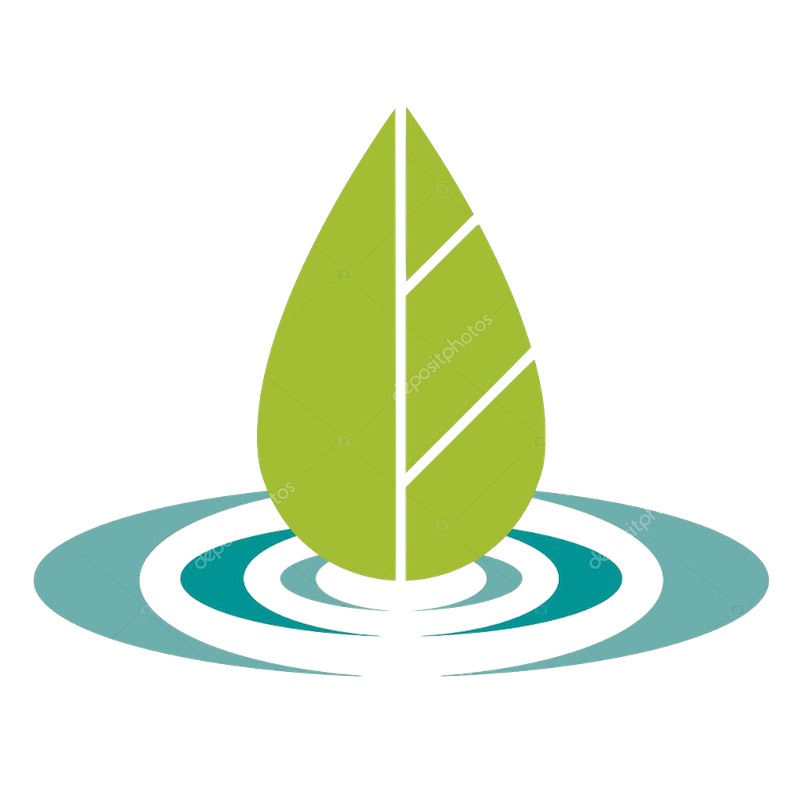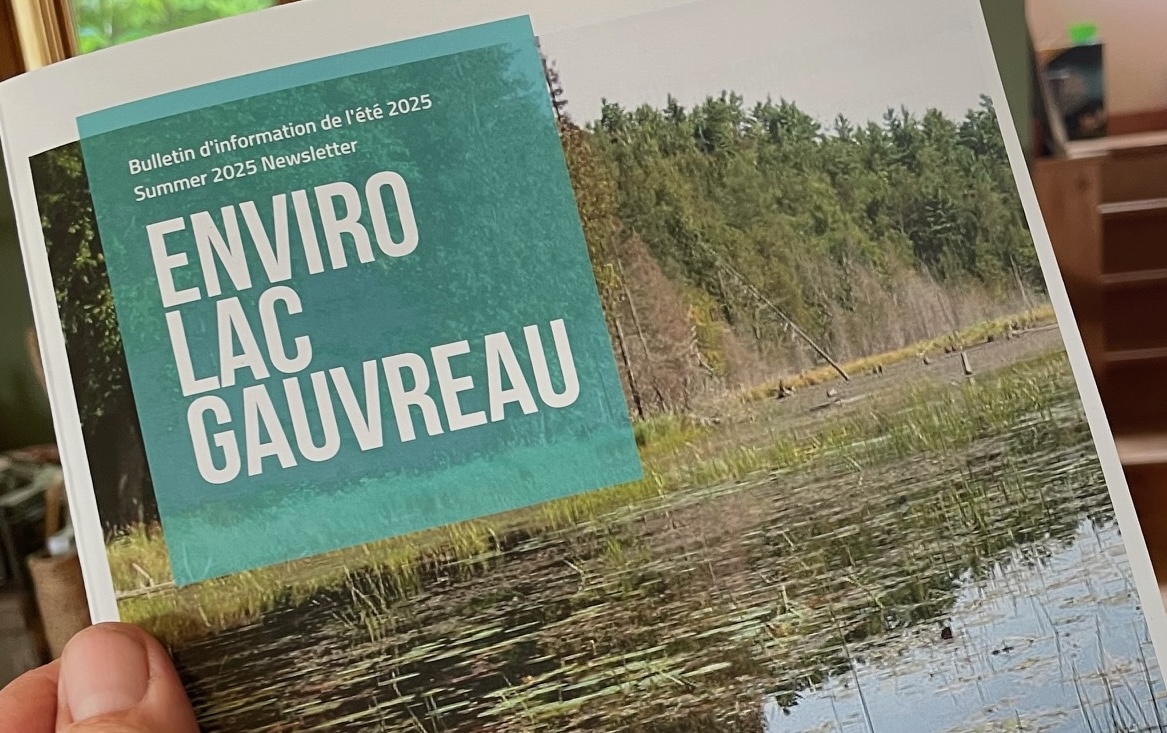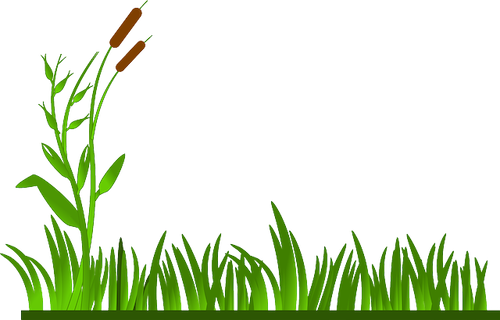CLICK "A+" TO INCREASE FONT SIZE
What are the problems with our lake? A history…
Lac Gauvreau was one of the earlier lakes to become populated due to its size and close proximity to Ottawa and Gatineau. Despite many measures to reduce nutrients in the lake, nutrient levels remain largely unchanged. They have not worsened, but they are also not improving. Therefore we need continued vigilance and we must continue to step up and work on all fronts to make our lake healthy again.
"Green Fund" grants support Lac Gauvreau's environmental efforts
Since 2021, and as recently as 2023, Enviro Lac Gauvreau has applied for—and has received—several grants from the La Pêche Municipality "Green Fund" to target environmental issues such as fighting climate change, managing waste, protecting water, and caring for the soil. Read how year after year these grants have directly financed important environmental initiatives at Lac Gauvreau.
Parent Creek re-naturalization 2023
Financed primarily through Municipal "Green Fund" grants, Parent Creek Re-Naturalization is an ambitious plan to reduce nutrient and silt in the lake from Parent Creek, the source of ninety percent of the water in Lac Gauvreau. The goal of the project is to prevent further eutrophication. The intention is to construct a wetland in Parent creek and re-meander sections of the original stream bed to reduce the inflow of nutrients into the lake.
Shoreline naturalization is one of the most important measures residents can take to restore lake health
Much can be done to preserve and restore lake health. Preservation and restoration of the shoreline are the most important measures residents can take to avoid nutrients flowing into the water, a strategy that is vital to preventing further premature aging of Lac Gauvreau.
This means planting native species in the strip of land from the water’s edge to 15 meters back. The roots of these plants will absorb the nutrients before they get into the lake.
2024 tests indicate poor water quality resulting in a swimming advisory
Thanks to Municipal "Green Fund" grants, a full battery of tests have been completed each year since 2021. Besides these assessments, volunteers continue collecting E. coli samples, done annually, to get a complete profile of Lac Gauvreau's overall health. Lac Gauvreau continues to benefit from grants resulting in direct action, such as water quality testing, to improve the health of our lake.
What is Eurasian watermilfoil and what can we do about It?
Lac Gauvreau faces an uphill battle against the spread of Eurasian Milfoil in many parts of the lake.
Mlfoil—the "zombie weed"— spreads primarily through stem fragmentation, so if a single plant is cut into 10 pieces, it will grow 10 more plants from those pieces. It is also a very fragile plant that is easily chopped up by a canoe paddle or especially by a boat's propeller. Significant growth occurs when it spreads into high boat traffic areas, including boat launch zones, shallow waterways with high traffic and near cottage docks. Milfoil can sometimes double or triple in size in two or three years.
Read about Lac Gauvreau's Milfoil Task Force that has been working on the best methods to directly treat milfoil, including weed pulling tools and burlap mats.
Why is blue-green algae a bad sign?
As far back as 2000, a blue-green algae bloom devastated cottagers by causing the temporary closure of the Lac Gauvreau. After 2000, with the help of the mayor, the lake’s volunteer environmental group put together an action plan to clean up the lake. Still, another bloom appeared in November, 2008. Fast forward to recent summers when sightings of blue-green algae blooms indicate the continued presence of high nutrient levels.
What does a high phosphate level do to a lake?
The presence of phosphorous results in excess nutrients that make the water less clear and that promote the growth of blue-green algae and Eurasian watermilfoil. Annual water quality assessments, including phosphorous sampling, are a useful part of a milfoil and blue-green algae monitoring program. This is especially true for a relatively small body of water like Lac Gauvreau that is bordered by agricultural land on the west side and that is subject to rainwater runoff from an expanding residential development on the east side.
In the fall of 2020, biologist from l’ABV des 7 assessed Lac Gauvreau's water quality. They described Lac Gauvreau as Eutrophic, which is the poorest water quality reading on the trophic state index.





